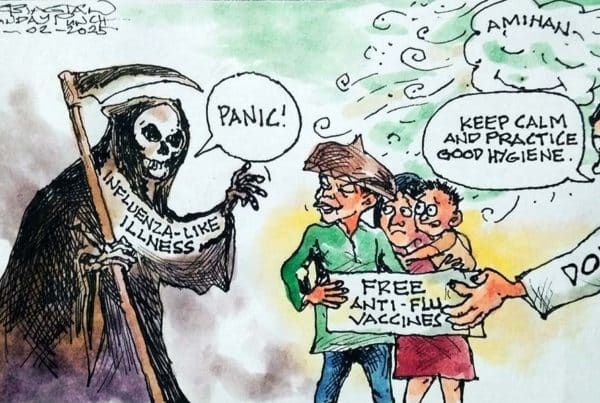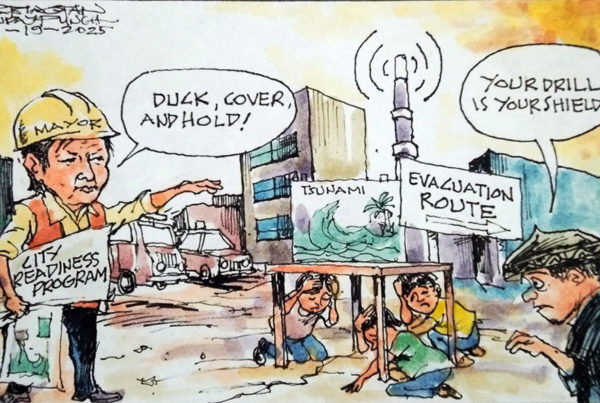Editorial
Preparing for the worst
RAIN has been pouring heavily into the country, an unusual occurrence at this time of the year. The toll has been heavy with more than 60 deaths so far, at least 30 missing, and almost 1.9 million people affected in 25 provinces. Damages in infrastructure, agriculture and property is estimated at almost P1.8 billion.
The western coast of Luzon has so far been spared from the unusually heavy downpour and Pangasinan, being in that area, fortunately has not had its share of suffering. But weather agency PAGASA has announced that the country should expect a rainy summer season, which comes before the normal rainy/typhoon season. Local government units in Pangasinan must heed this warning and undertake preparations for the worst. Experience has shown that days of continuous rains, not necessarily a typhoon, could spell flooding. Pangasinan is facing even higher risks because several flood-prediction instruments have recently been blatantly stolen, leaving authorities with less ability to make warnings.
Some of the actions that could be taken would be organizing communities to ensure surroundings are not clogged up with trash which would contribute to flooding; set up emergency procedures all the way down to the barangay level so that people will not panic and know what to do, including the appointment of crisis centers; and neighboring LGUs can establish coordination procedures so that help can be readily extended to areas where it is most needed. The provincial government has shown during calamities in recent years that it has a commendable emergency-response system in place, this in turn can now be expanded towards the municipalities.
There is no stopping natural calamities from wreaking havoc, but preparing for the worst will help save lives and minimize damages.









